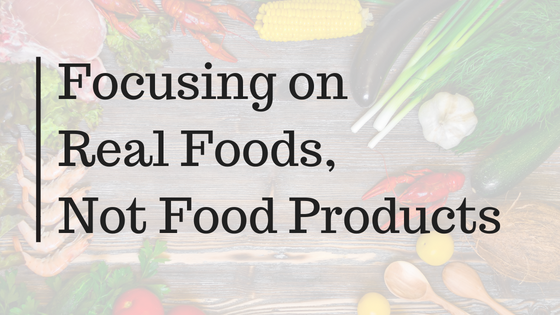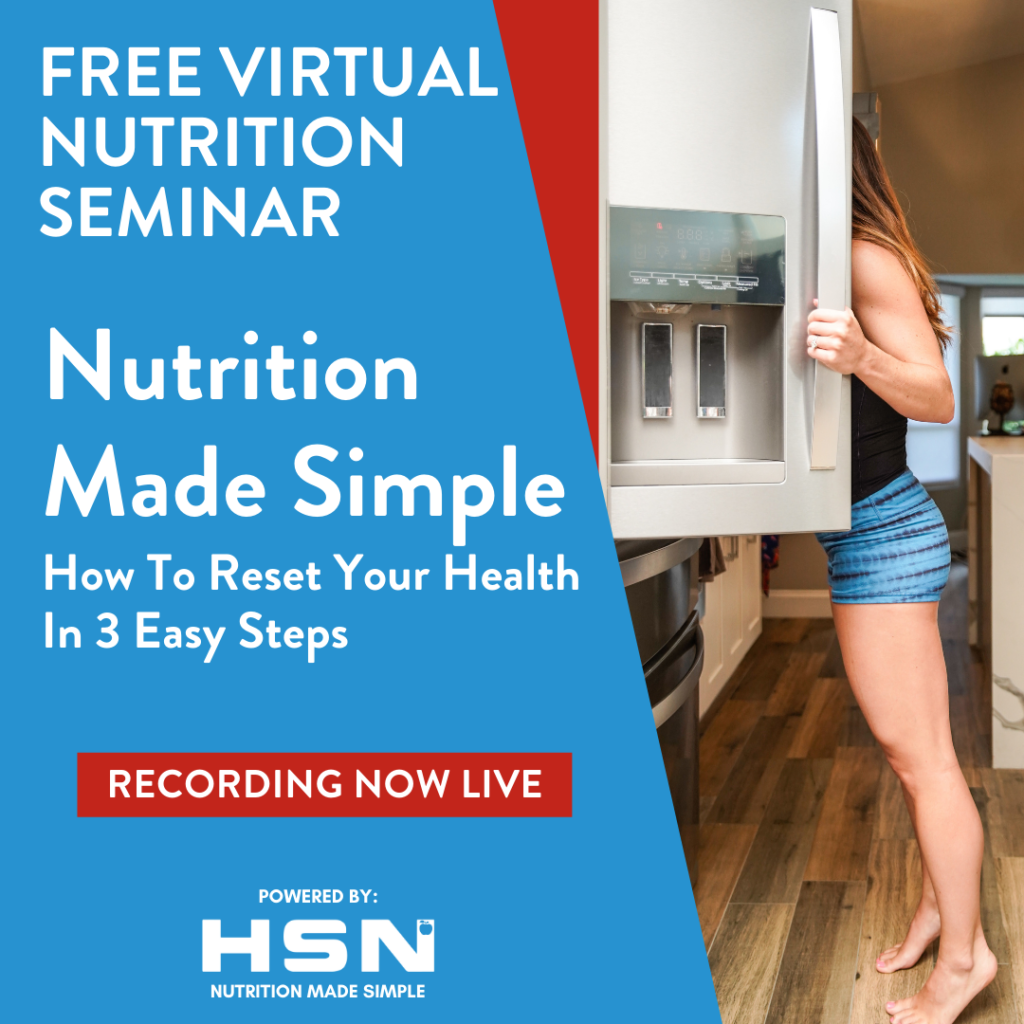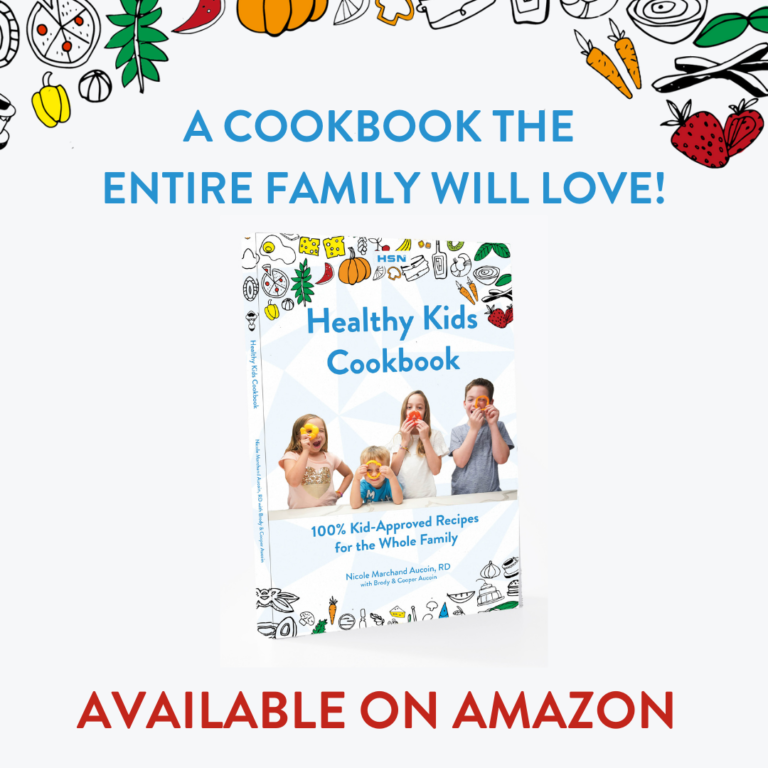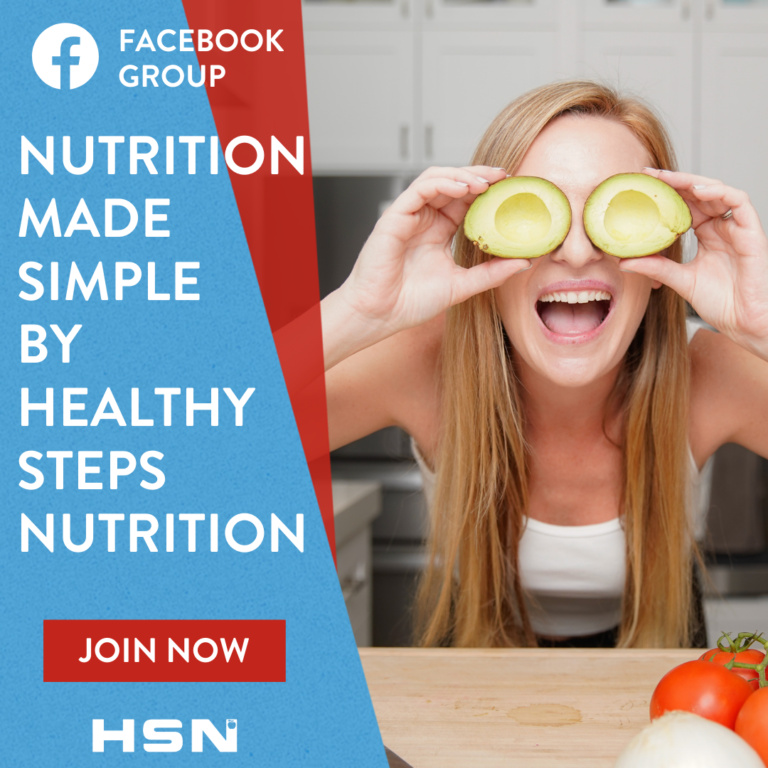With sugar and fat being infamously known as “bad” foods, it’s no wonder that food companies create and sell foods listed as being sugar-free, light, low-fat, etc. They do this in an attempt to make you, the consumer, think these foods are healthier options by using popular buzz-words.
What do these terms mean? For a food item to be listed as “light”, “low”, or “free” of something, it has to meet a certain specification when compared to the regular product.
Here are the qualifications for companies to label their products with these buzz-words:
“Fat-free” foods must have less than 0.5 gram of fat per serving.
“Low-fat” foods must have 3 grams of fat or less per serving.
“Reduced-fat” foods must have at least 25% less fat than regular versions of those foods.
“Light” foods must have either 1/3 fewer calories or 50% less fat
However, most of these foods are processed snacks. You’ve probably seen them in the grocery store; they’re usually lurking in the middle section of the store, in the aisles with the crackers, chips, puddings, and sodas.
Here are some examples:
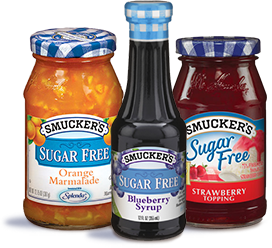
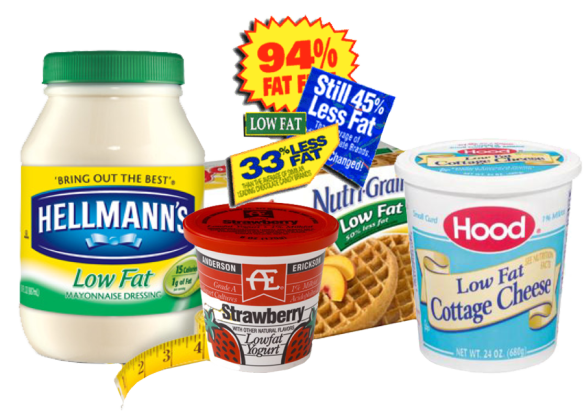
The problem with these foods is that typically, by taking something out (like sugar or fat), manufacturers have to compensate by putting something else in. For example, the sugar in diet sodas is often replaced with artificial sweeteners which have been shown to negatively affect your metabolism, among many other health problems.
People often eat these foods in an attempt to avoid the calories, sugar, and fat in a food. However, what they don’t realize is that they are doing a lot more harm than good, and even if a food is free of something doesn’t make it healthy. A handful of nuts, for example, is definitely not fat-free; but it has many health benefits that make it well worth eating.
Just because a food is “fat-free”, doesn’t mean it’s guilt-free. Often, foods like this leave you craving and reaching for the real thing to satisfy your taste buds. We have seen many clients avoid fat like the plague because they think fat will make them fat. This is not the case. You want to incorporate healthy fats into your diet such as nuts, seeds, and avocado.
Instead of turning to these food products, focus on eating real, whole foods. This includes veggies, fruits, lean proteins, healthy sources of fat and whole grains. Eating healthy foods will keep you full and satisfied, as well as making you feel good so that you can tackle your goals!
Looking For Help Dialing in Your Nutrition & Fitness?

